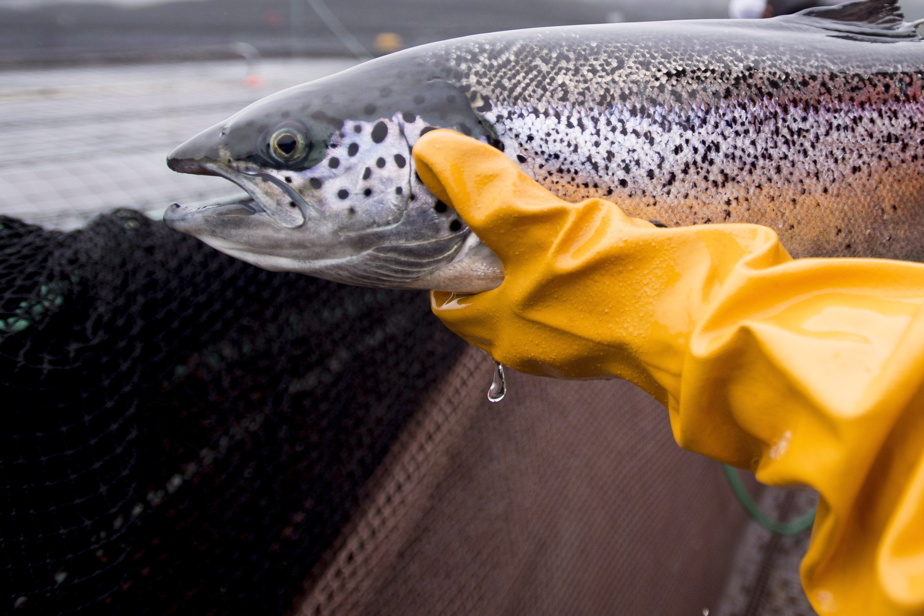(St. John’s) A new study shows a population of Atlantic salmon in southern Newfoundland is disappearing and indicates nearby aquaculture operations are likely contributing to the decline.
The report published last month in the journal Reviews in Fisheries Science and Aquaculture points out that the Atlantic salmon population in the Conne River declined by 92% between 1986 and 2022.
Eight researchers from the federal Department of Fisheries co-authored the report and say the impacts of nearby aquaculture operations are likely the main causes of the decline.
These impacts include escaped farmed salmon breeding with wild salmon, resulting in weaker offspring and genetic defects.
“These impacts are likely to increase as local populations decline, eventually becoming extinct,” the study says.
Researchers argue that climate change and predation of salmon by other fish are also to blame, but to a lesser extent. Additional studies will be needed to determine their impact, they say.
Neville Crabbe of the Atlantic Salmon Federation said the report provides evidence that aquaculture is harming wild salmon.
This pushes back the correlation problem. We have all this evidence of population declines near salmon farms, which demonstrates that these industrial facilities are directly affecting wild salmon and causing very significant declines. The results of this study can be extrapolated to all other locations where the industry is present in Atlantic Canada.
Neville Crabbe, Atlantic Salmon Federation
Jamie Baker, executive director of the Newfoundland Aquaculture Industry Association, disagrees. He wrote in an email that the report is based on old data and provides “nothing new in terms of research.”
“It is a recognized fact that salmon populations across the Atlantic have been declining for decades, long before salmon farming began,” he added. The majority of Newfoundland and Labrador’s rivers have experienced worrying declines and are far from being suitable for any agricultural activity. »
In his opinion, climate change and ocean warming are the main factors behind these changes.
The study urges fisheries managers, local First Nations and the aquaculture industry to “actively pursue evidence-based research” to determine how to protect wild salmon and put measures in place.
Conne River salmon was once an important food source for the Miawpukek First Nation, but they stopped fishing for them in 1998 due to conservation concerns, the report notes.
